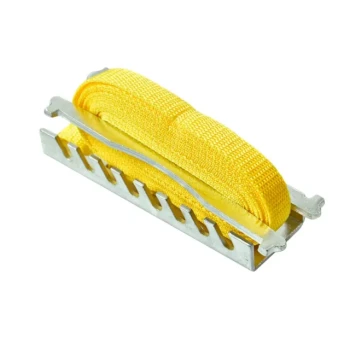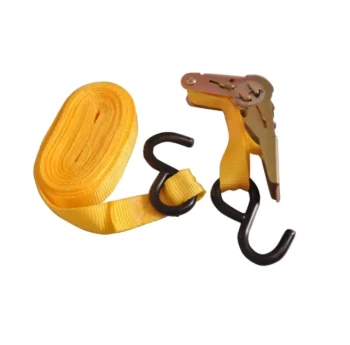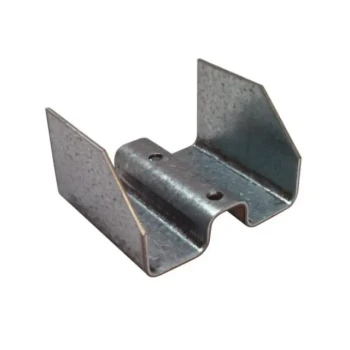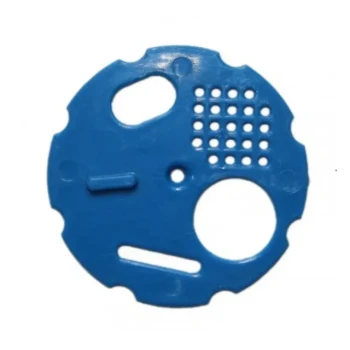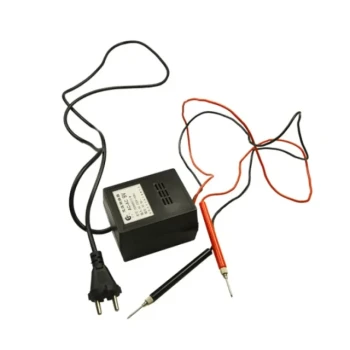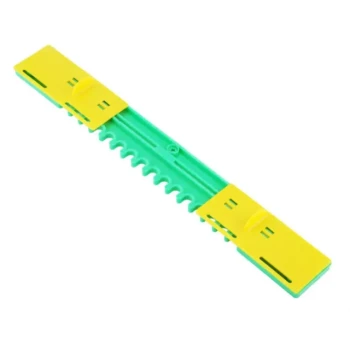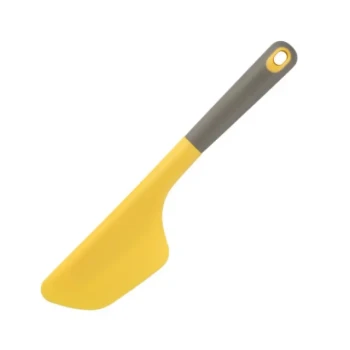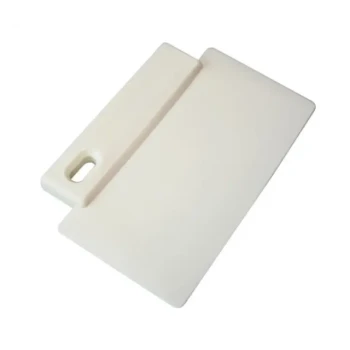At its core, a hive inspection is the only way to truly understand the health and productivity of your colony. From the outside, a busy hive can look successful, yet it may be on the verge of collapse from disease, starvation, or a failing queen. Inspections transform you from a passive observer into an informed steward, allowing you to identify problems and intervene before they become catastrophic.
A hive inspection is not an intrusion; it is a necessary health assessment. It provides the critical data you need to manage pests, prevent swarming, and ensure your bees have the resources and space they need to thrive.
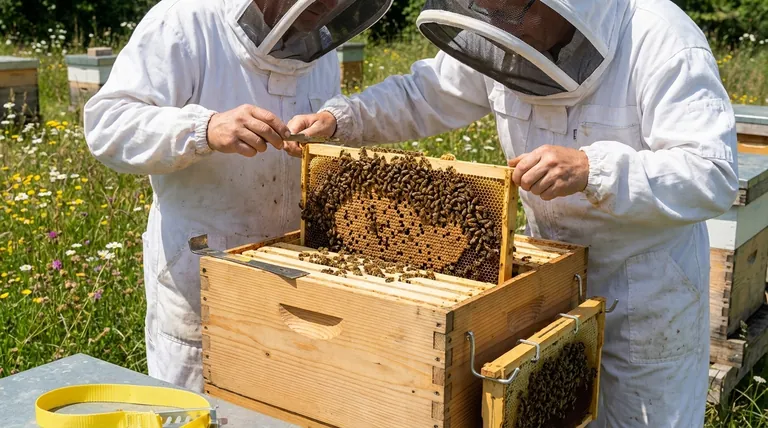
The Four Pillars of a Hive Inspection
A productive inspection is not a random search. It is a systematic process focused on four key areas that signal the overall status of the colony.
1. Assessing the Queen and Brood Pattern
The queen is the heart of the hive, and her egg-laying performance is the single most important indicator of colony health. You are looking for a solid, consistent brood pattern.
A healthy queen lays eggs in a tight, concentric pattern. Seeing frames with a dense area of "brood of all ages"—eggs, larvae, and capped pupae—confirms you have a viable queen and a growing workforce.
Spotty patterns or a complete lack of eggs or young larvae is a major red flag. It may indicate a failing queen, disease, or that the colony has become queenless, requiring immediate action.
2. Monitoring Food Stores (Honey & Pollen)
Bees require immense energy to function. You must ensure they have adequate stores of both honey (carbohydrates) and pollen (protein).
During a nectar flow, you check that they have enough space to store incoming honey. In the fall, you verify they have enough stored honey to survive the winter. A lack of food can lead to starvation and colony death.
3. Detecting Pests and Diseases
Your bees are under constant pressure from pests and pathogens, with the Varroa mite being the most significant threat. An inspection is your chance to look for signs of trouble.
You should actively look for Varroa mites on adult bees and in brood cells, as well as signs of other issues like hive beetles or chalkbrood. Early detection is crucial for effective treatment and preventing a total colony loss.
4. Managing Space and Swarm Prevention
A colony's natural impulse is to reproduce by swarming. When a hive becomes too crowded, the bees will raise a new queen and the old queen will leave with half the workforce.
During an inspection, you assess how much space the bees are using. Seeing swarm cells—special queen cells typically built on the bottom of frames—is a clear sign the hive is preparing to swarm. Adding more space (supers) or splitting the hive can prevent this and preserve your workforce.
The Essential Tools for an Effective Inspection
Proper tools make inspections safer for you, less stressful for the bees, and far more efficient.
The Hive Tool: Your Primary Interface
The hive tool is the most essential piece of equipment besides your protective gear. It's a specialized lever and scraper.
Bees use a sticky substance called propolis to seal every crack in their hive. You will need a hive tool to pry apart hive boxes and loosen frames that are glued in place. Its sharp edge is also used to scrape away excess wax and propolis.
The Frame Rest: Maintaining Order
A frame rest is a simple rack that hangs on the side of the hive body. It gives you a safe and clean place to set the first one or two frames you remove.
This small convenience is critical. It creates working space inside the hive, prevents you from rolling and killing bees, and helps keep frames in order so you can return them to their original positions.
The Queen Excluder: Streamlining the Process
A queen excluder is a screen that is placed between the brood boxes and the honey supers. The slots are large enough for worker bees to pass through but too small for the larger queen.
By confining the queen to the brood boxes, you know you will only find eggs and brood in that specific area. This makes inspections much faster, as you don't need to search for the queen or brood in every honey super.
Understanding the Trade-offs
While inspections are necessary, it's crucial to acknowledge they are disruptive to the colony. Opening the hive breaks the propolis seal, changes the hive's temperature and humidity, and puts the bees on high alert.
The goal is to be efficient and purposeful. Have a plan before you open the hive. Know what you are looking for and work deliberately.
A frequent, aimless inspection does more harm than good. A well-planned inspection every 7-14 days during the main season, however, provides invaluable data that far outweighs the temporary stress it causes.
Making the Right Choice for Your Goal
Your inspection frequency and focus should align with the season and your specific management goals.
- If your primary focus is colony health and survival: Concentrate your inspections on finding a good brood pattern and looking for signs of pests like Varroa mites.
- If your primary focus is maximizing honey production: Pay close attention to the space in your honey supers, adding more before they become full to encourage continuous foraging.
- If your primary focus is preventing swarms: Your top priority is managing space in the brood nest and diligently checking for the presence of swarm cells.
Ultimately, a beehive inspection is your most powerful tool for transforming beekeeping from a game of chance into a practice of skillful management.
Summary Table:
| Key Inspection Focus | Why It's Important |
|---|---|
| Queen & Brood Pattern | Confirms a viable, healthy queen and a growing bee population. |
| Food Stores (Honey & Pollen) | Prevents starvation and ensures bees have energy for daily functions and winter. |
| Pests & Diseases | Enables early detection and treatment of threats like Varroa mites, preventing colony collapse. |
| Space & Swarm Prevention | Manages hive congestion to avoid swarming, which halves your workforce. |
Equip your apiary for success with HONESTBEE.
Effective hive inspections require reliable, professional-grade equipment. As a trusted wholesale supplier to commercial apiaries and beekeeping equipment distributors, HONESTBEE provides the durable tools you need—from essential hive tools and frame rests to efficient queen excluders—to conduct thorough, stress-free inspections that protect your investment and maximize productivity.
Contact our expert team today to discuss your wholesale beekeeping supply needs.
Visual Guide
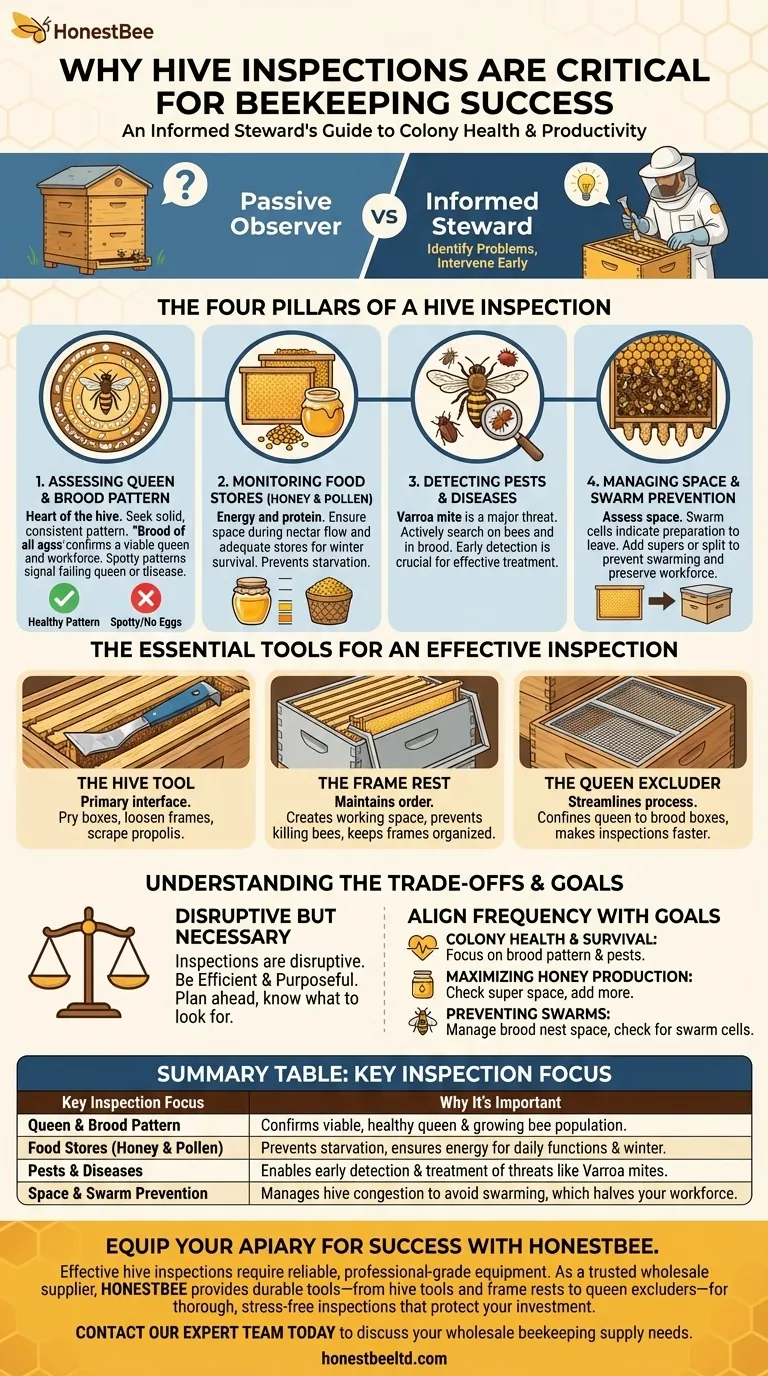
Related Products
- Professional Galvanized Hive Strap with Secure Locking Buckle for Beekeeping
- Versatile Ratchet Hive Strap with S-Hooks for Secure Fastening
- Nicot Queen Rearing Kit for Beekeeping and Grafting in Nicot System
- Endless Loop Ratchet Hive Strap
- Heavy-Duty Galvanized Steel W-Style Pallet Clip
People Also Ask
- What is the best length for straps used around beehives? Why 12 Feet is the Industry Standard
- How should a cam buckle strap be installed for optimal performance? Master the Leverage for Maximum Tension
- What maintenance is required for hive straps? A Guide to Cam Buckle vs. Ratchet Strap Care
- What are the types of Emlocks available? Choose the Right Strap for Hive Security
- Can straps with hook ends be used for beehives? A Guide to Secure Hive Management
